|
I have just had the honour to help with a field archaeology survey of land north of Hadrian's Wall at Sewingshields over four days in March. I was employed as a volunteer with the Tynedale Archaeology Group. During our recording of several stack stands (used to store winter fodder), old field boundaries and occasional settlements, I became acquainted with the Black Dyke, a long linear earthwork that tracks some distance through Northumberland, something I had only before seen on maps. There is another, better known long earthwork, the Devil's Causeway, which can also be traced through the county. This, however, is actually a Roman road. It branches off Dere Street (the modern A68) where it crosses the Military Road at Port Gate, north of Corbridge, and runs in long straight lines north to the mouth of the River Tweed at Berwick. The Black Dyke is one of the mysteries of Northumberland. It is a linear earthwork consisting of an embankment with a ditch on its west side, both of variable size, and completely untraceable in some areas. A definitive description was presented to the Society of Antiquaries of Newcastle-upon-Tyne by George R B Spain in November 1921, and published in their journal, Archaeologia Aeliana, Ser.3, Vol.19, p.121-168 (1922).
1 Comment
Newcastle's Swing Bridge, thought to have been the fourth bridge that crossed the River Tyne at low level on the site, was designed by Lord Armstrong and the Tyne Improvement Commission. It was built at Armstrong's Elswick works between 1868-76 at a cost of £222,000. At the time of its opening it was the largest such bridge in the world. It was a necessary development to allow for upriver navigation by sea-going vessels but required the removal of the current nine-arched stone bridge built in 1781.
The bridge mechanism is still driven by the original Armstrong hydraulic engines, although the steam pumps were replaced by small electric pumps in 1959. The pumps force water into the chambers of hydraulic accumulators, sunk down into the bed of the river. When the motors cut out, 60-ton weights above the chambers force water out under pressure which run the machinery to turn the bridge. The bridge now opens only very rarely and is controlled from the cupola above the superstructure. Bewick House in Bewick Street, Newcastle, close to Central Station, was built to provide offices for the Tyne Improvement Commission. It clearly was of no interest to have a location nearer to the river which probably reflects the more commercial interests of the Commission and the more general move of the city to the north in the mid C19th.
In 1854, the commissioners started a programme of development and improvement of the river that continued well into the C20th and laid the foundations for what was to become the modern-day Port of Tyne. Within 70 years, the River Tyne was deepened from 1.83 metres to 9.14 metres and over 150 million tonnes dredged from it. The North and South Piers at the river's entrance were built, together with the Northumberland, Tyne and Albert Edward Docks, and the staithes at Whitehill Point and Dunston. The results of these developments could be seen in 23 million tonnes of cargoe being handled by the Port by 1910. On 31st July 1968 the Tyne Improvement Commission was dissolved and replaced with the Port of Tyne Authority, constituted on 28th June, and one of the UK’s largest trust ports. The newspaper article from 1897, transcribed below, describes 'above bridge developments' of the 'great improvement scheme'. |
AuthorAndy Curtis Archives
July 2024
Categories
All
|
- Home
- Calendar
- Introduction
- Where are we?
- History Map
- Timeline
-
Heddon's History
- Prehistory
- Hadrian's Wall >
-
Six townships
>
-
1 Heddon township
>
- Heddon in the Middle Ages
- Common Land
- Middle Marches
- Tithe Award
- St Andrew's Church >
- Village property
- Heddon Hall >
- Heddon Banks Farm
- Frenchman's Row
- Methodist Church >
- Men's Institute
- Women's Institute
- Welfare Field
- Knott Memorial Hall
- Memorial Park
- Schools
- River Tyne
- Coal Mining
- Quarrying
- Water Supplies
- Transport
- Waggonway & Railway
- Occupations from 1800
- Miscellaneous
- 2 West Heddon township
- 3 East Heddon township
- 4 Houghton & Close House township >
- 5 Eachwick township
- 6 Whitchester township
-
1 Heddon township
>
- Rudchester
- People
- Old Photos
-
Old News
- Community News
- Letter from the Emigrant Clergy of Frenchman's Row (1802)
- Alleged Brutal Murder at Heddon-on-the-Wall (1876)
- Sad boat accident at Ryton (1877)
- Coronation tree (1902)
- 65 Years on a Ferry Boat (1929)
- Come claim your kiss at Heddon (1953)
- The Swan (1972)
- Heddon WI (1987)
- Church House (1966)
- Happy return (1993)
- Hexham Courant (1997)
- Butterfly Garden (1999)
- Foot & Mouth (2001)
- Remembrance Day (1996)
- Remembrance Day (2016)
- RAF at Ouston (2007)
- Close House Golf Course (2009)
- Heddon pupils celebrate British heritage (2011)
- Roman Wall Forge (2011)
- Diamond Jubilee (2012)
- Auction of Bronze Statue, Close House (2012)
- Heddon WI (2012)
- Puffing Billy Festival (2013)
- Heddon Village Show (2014)
- View of the North (2014)
- The Wall at Heddon (2014)
- Heddon Village Show (2015)
- War veterans singing send-off (September 2015)
- Anglo-Saxon history (2014)
- Heddon WI at 100 (2017)
- Hadrian's Wall discovery (2019)
- Tulip Mews (2020)
- Mike Furlonger
- Hadrian's Wall 1900 Festival
- Memories
-
Other documents
- Mackenzie (1825)
- Bates (1886) >
- History, Topography & Directory of Northumberland (Bulmer's) - 1886
- History of Northumberland (1930)
- Collingwood Bruce (1853)
- Whellan (1855)
- Post Office Directory (1879)
- Prominent people in Heddon
- Place names
- Ad Murum
- Archived documents
- Thomas Bewick's History of British Birds (1826)
- Census data 1801-1991
- Historical Records 1888-1890
- Knott Sale of Village Property (1924)
- Extracts from Parish Council Records
- Local colliery records
- Blackburn (1938)
- Clark (c.1963)
- History of Church (1968)
- Boundary Commission Report 1984
- Village Atlas 2022
- Walks
- Blog
- Contact us
- Links
- What's new
- Site search
- Past & Present
- Photo of the Month
- Place Name Studies
- Heddon from Above

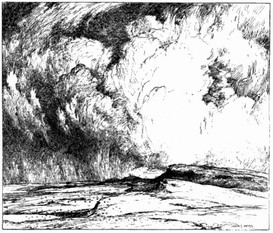
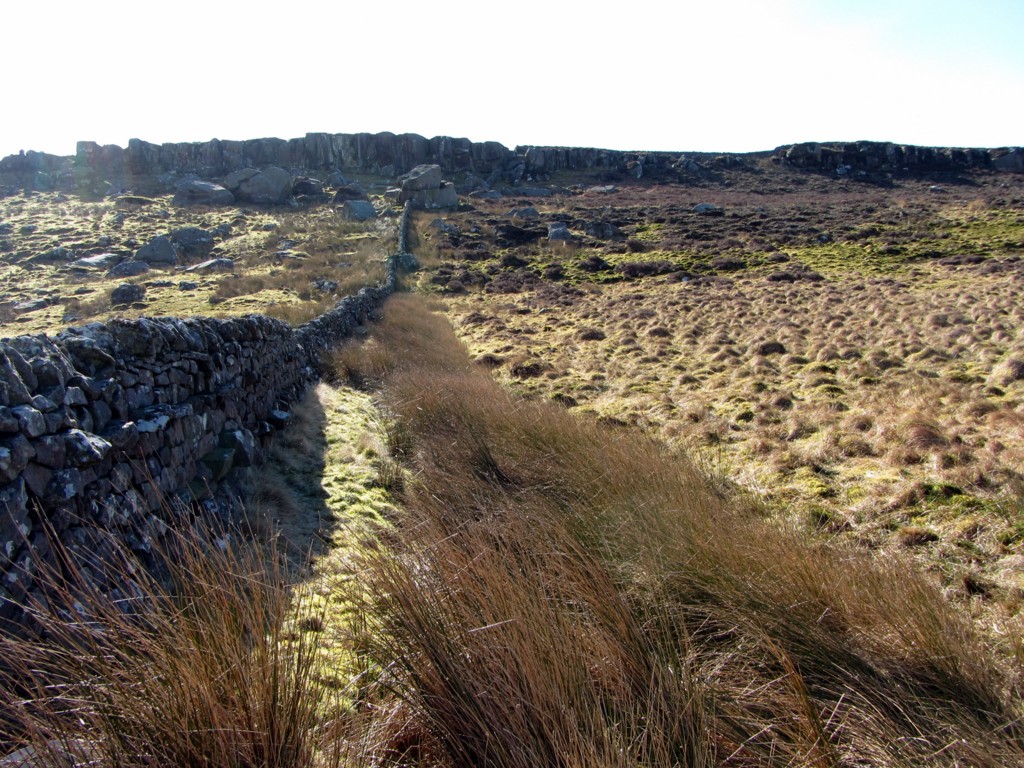
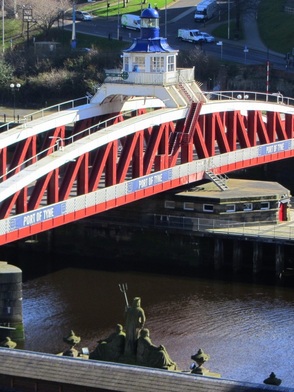
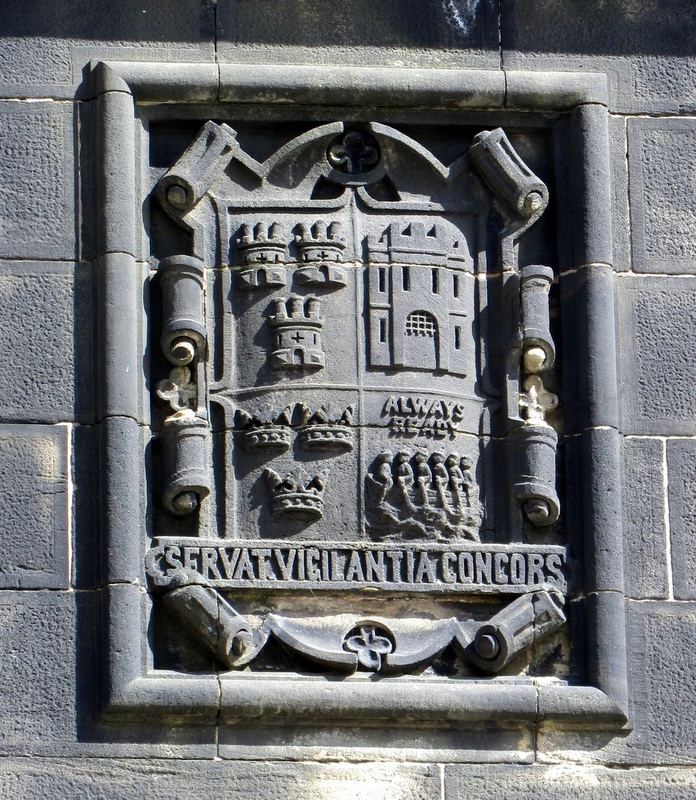
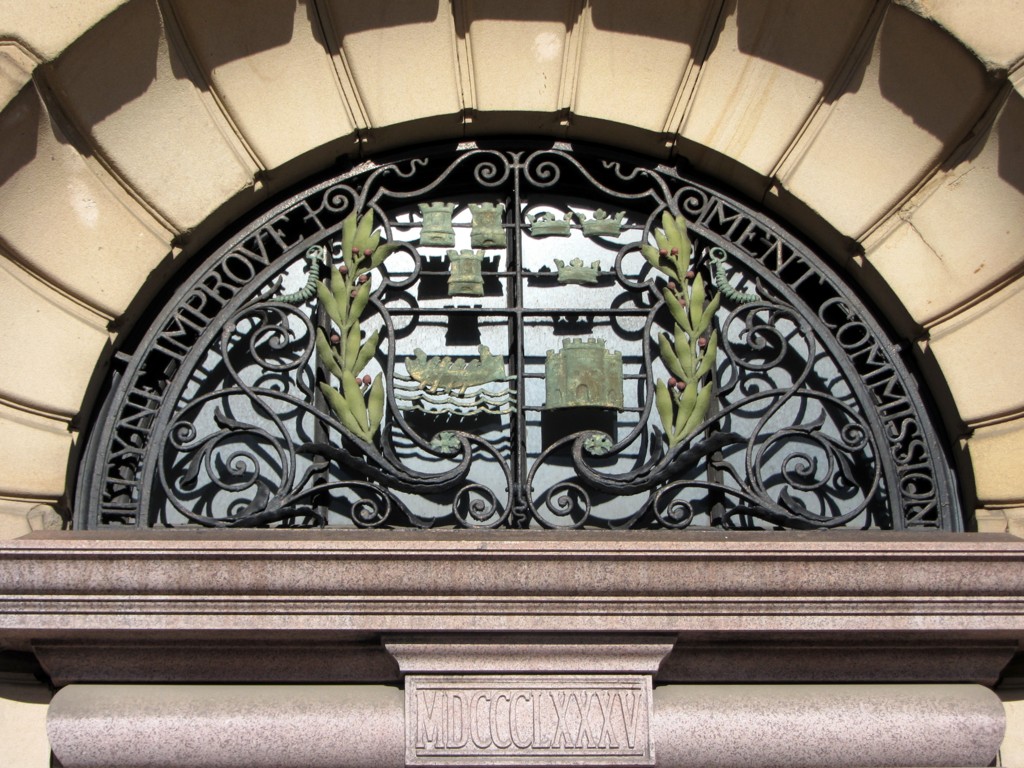
 RSS Feed
RSS Feed
